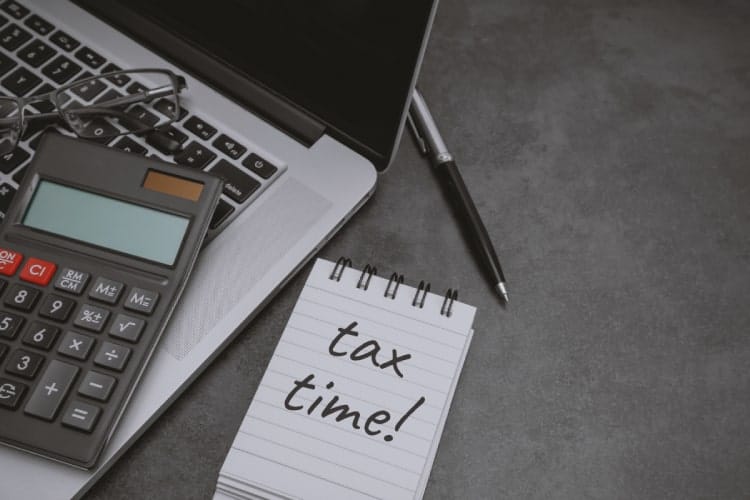Citizens’ new payment preferences
To understand why citizens may be seeking simpler, faster and more convenient bill payment options, it’s worth considering that the average person has around 10 monthly bills*. Faced with this pile of bills, citizens will look first to those that can offer their favorite ways to pay, or automated, recurring payments, which are employed by 62 percent of payers*.
Unsurprisingly, bill payers are exploring digital options more than ever. 63 percent say they are more inclined to try a new digital app or website, and 27 percent now use mobile wallets to make payments. In fact, mobile wallet bill payments have doubled in the last year, showcasing a rising level of comfort with this relatively new payments channel.
While mobile wallets are experiencing a rise in popularity, a biller’s website remains the preferred option for making a payment, with nearly 40 percent of payers choosing it as their favorite payments channel*. And when it comes to payment methods, more and more people are choosing credit cards over debit cards, with most citing credit card rewards as the main motivation.
Lastly, there is a growing appetite to pay bills with alternative payment methods (APMs). In particular, 18-22-year-olds (55%) and 23-34-year-olds (52%) say they would consider paying a bill with an APM such as Venmo, Zelle or PayPal*.
America’s preference for electronic tax payments grows
A February study conducted on behalf of ACI by YouGov explored citizens’ specific preferences when it comes to filing and paying taxes. When it comes to filing, 45 percent of U.S. adults filed or planned to file their taxes electronically through self-service tools, a 5 percent increase compared to last year. In contrast, only 8.5 percent planned to file their taxes by mail without professional assistance, a 2 percent drop compared to last year.
The study also revealed that more Americans showed a preference for electronic methods of paying taxes. 26 percent preferred electronic funds withdrawals in 2020 versus 23 percent in 2019. What’s more, 74 percent opted for direct deposit when receiving tax refunds, further illustrating the desire for speed and simplicity.
Taxman scams
The YouGov study also revealed the top tax scams and channels. While fewer tax payers experienced scam attempts in 2020 (33%) than in 2019 (38%), there is still an important role that governments can play in securing citizens.
Phone and email were the top channels for tax scammers. 21 percent of tax payers experienced a scam attempt by phone, while 12 percent experienced a scam attempt through email. Younger tax payers are more likely to be unaware of tax scams, with 27 percent of Millennials being unaware as compared to only 11 percent of Baby Boomers.
Offering faster, simpler and safer tax payments
Citizens faced with paying nearly 10 bills a month don’t just want simplicity, they need it. Coupled with the growing demand for digital payment methods, governments looking to collect more on-time payments must focus on offering modern, consumer-driven payment methods.
The rising popularity of mobile wallets should be just the tip of the spear when it comes to payments innovation. Alternative payment methods and automated, recurring payments give citizens an easy way to pay tax bills that is most familiar to them.
Digital payments aren’t just easier and faster, they’re often safer. Compared to cash and checks, which can be stolen or used to rip off a person’s identity, digital payments ensure a level of protection that safeguards citizens’ most sensitive information.
While no one truly enjoys paying taxes, incorporating modern, innovative and increasingly popular payment methods can help make tax time as stress-free as possible.
*ACI Speedpay Pulse 2020 Annual Report



